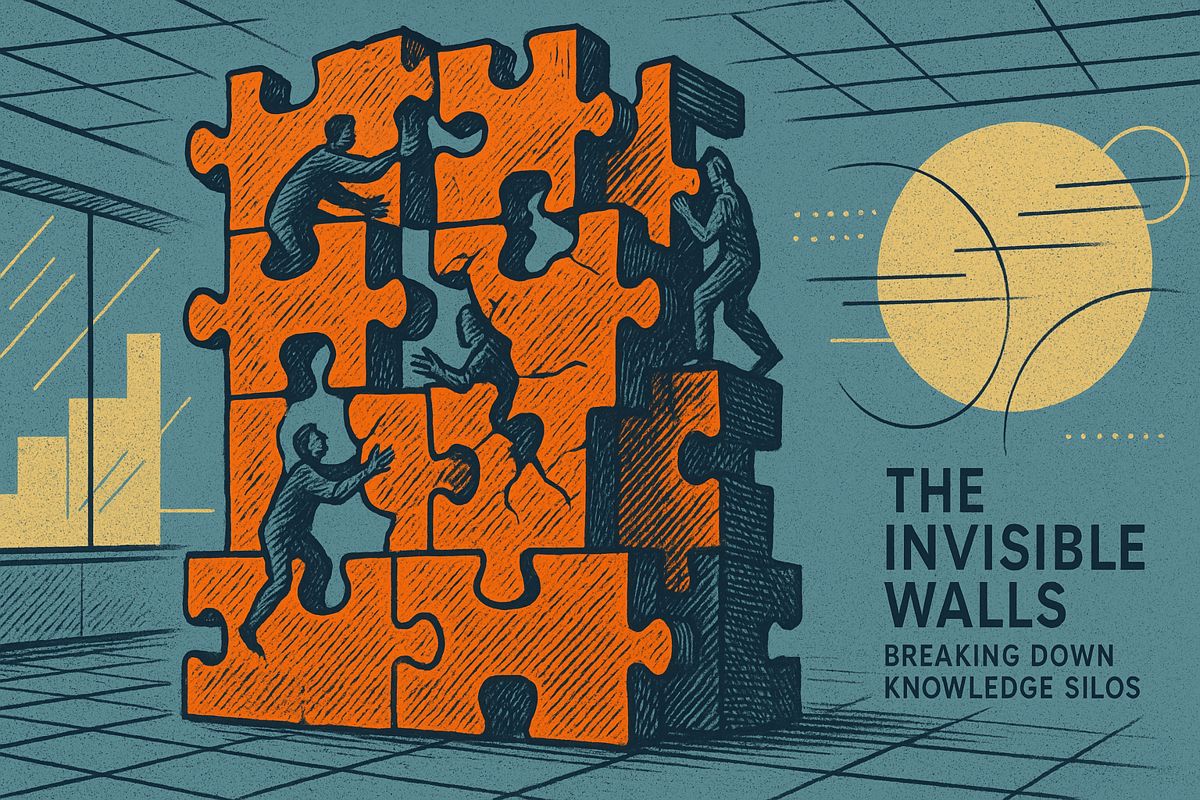WellSpan Health launched an AI conversational agent and redesigned its digital platform, making its patient experience deeply personal. The Pennsylvania-based health system’s initiative, launched in late 2024, uses data and AI to make every logged-in visitor feel the site was designed just for them.
Building an authentication-first platform
WellSpan’s strategy combines a secure, authentication-first platform with advanced AI to create a hyper-personalized patient portal. By integrating its website with Epic MyChart and identity verification tools, the system delivers tailored content, simplifies appointment scheduling, and makes account creation immediately valuable for the user.
The health system rebuilt wellspan.org using Sitecore XM and Sitecore Personalize, integrating Epic MyChart and Prove identity software. This requires patients to sign in to see protected content, a streamlined flow that drove a 20 percent increase in new user accounts in just two months. After logging in, patients can schedule care, view results, and save “favorites,” with over 18,000 items saved to date.
Generative AI as an empathetic voice
In September 2024, WellSpan became one of the first health systems to deploy a conversational agent from Hippocratic AI. This generative AI agent acts as an empathetic voice for the system and is responsible for several key tasks:
- Calls eligible patients about screenings or chronic-care follow-ups
- Provides transcripts to clinicians for review
- Offers live hand-off to nurses when needed
To ensure safety and address equity goals, all initial calls are monitored by clinicians. Early pilots show the agent leads to shorter outreach cycles and higher patient satisfaction than traditional manual phone campaigns.
Continuous improvement and future segmentation
The platform is updated continuously with a two-week release cycle to keep the experience fresh. Recent updates have added features like event registration and a virtual primary care workflow with background eligibility checks. The next major step is segment-based personalization, which will tailor the homepage for different user types, such as self-service visitors versus research-focused visitors.
Impact on staff and safety
Beyond the patient-facing platform, AI works behind the scenes to improve safety and efficiency. For example, Aidoc imaging algorithms help radiologists by flagging suspected bleeds, reducing review times for critical cases. Another tool, Ana AI, eases administrative burdens by handling routine phone triage. WellSpan ensured provider buy-in by including them in design labs and pilot tests, which internal case studies identified as a key factor for successful adoption.
Broader takeaways
WellSpan’s success mirrors a broader industry trend identified by the American Hospital Association: health systems that combine personalization with AI often see higher patient experience scores and lower staff burnout. The initiative demonstrates how a focus on ethics, robust identity management, and iterative design can successfully translate advanced technology into genuinely human-centered care.



















